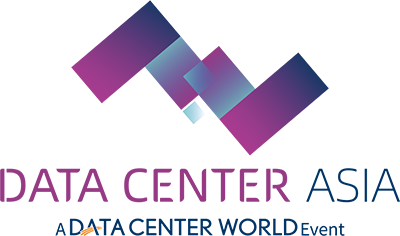Drive: Exploring the Unique Attributes of Data Centers in Japan
As a professional deeply immersed in the technology sector, I have had the opportunity to observe firsthand how data centers in Japan are not just facilities for storing information but are also pivotal components of the digital economy. The unique characteristics of these data centers reflect both cultural nuances and technological advancements that set them apart on a global scale.
Click to find more about data center in japan.
The Distinctive Features of Data Centers in Japan
Data centers in Japan exhibit several distinctive attributes that cater to their specific operational environment. These facilities are designed with high levels of redundancy and resilience, ensuring minimal downtime even during natural disasters—a critical consideration given Japan’s geographical vulnerabilities. Furthermore, energy efficiency is paramount; many Japanese data centers utilize advanced cooling technologies and renewable energy sources to minimize their carbon footprint. In terms of classification, they often fall into categories such as colocation, cloud services, or managed hosting solutions based on their service offerings.
The Role of Data Center Conventions and Classification in Japan

In exploring the conventions surrounding data center operations within Japan’s context, it becomes evident that there is a strong emphasis on compliance with local regulations and international standards. This adherence ensures not only operational excellence but also builds trust among clients who prioritize security and reliability. Classification systems play an essential role here; they help categorize facilities based on factors like capacity, scalability options, connectivity features, and disaster recovery capabilities—elements crucial for businesses looking to leverage these infrastructures effectively.
Find more about data center convention.
A Closer Look at Data Center Asia’s Classification Characteristics
When we examine Data Center Asia specifically within this framework, we find that its classification emphasizes regional strengths while addressing global demands. Facilities under this umbrella typically showcase cutting-edge technology integration alongside robust infrastructure capable of supporting diverse workloads—from traditional IT applications to modern cloud-based services. Additionally, many Asian data centers focus heavily on interconnectivity options which facilitate seamless communication between various networks—a vital feature for companies operating across borders.
Conclusion
In summary, data centers in Japan stand out due to their unique attributes shaped by local conditions and technological innovations. Their classification reflects a commitment to resilience through redundancy measures while embracing sustainability practices tailored for future growth. As we continue navigating an increasingly digital landscape globally, understanding these characteristics will be essential for any business considering leveraging Japanese data center capabilities.
